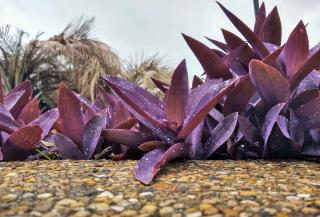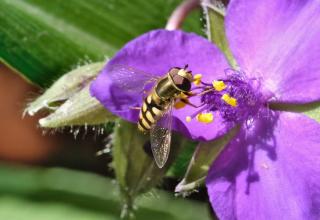

Top Spiderwort facts
Name – Tradescantia
Family – Commelinaceae
Type – perennial, hanging indoor plant
Height – 8 to 20 inches (20 to 50 cm)
Exposure – full sun or part sun
Soil – ordinary, rather cool, draining
Foliage – evergreen
Flowering – May to September.
 Indifferently in fall or spring.
Indifferently in fall or spring.
Select a spot that doesn’t get too hot.
 Propagation through crown division or sowing directly in the ground in spring. Cuttings also work for species with many nodes, like wandering Jew.
Propagation through crown division or sowing directly in the ground in spring. Cuttings also work for species with many nodes, like wandering Jew.
Remove wilted flowers regularly (deadheading).
 Although the name “spiderwort” sounds somewhat creepy, this plant has a cute summer blooming.
Although the name “spiderwort” sounds somewhat creepy, this plant has a cute summer blooming.
Its petals twinkle in colors like sky blue, pink, white or purple depending on the variety, and match the evergreen green of its foliage. They appeal to many different pollinators (here, a hoverfly).
This plant is bloated with water, which makes it one of the plants that best resist drought.
A favorite for edges, spiderwort will serve to mark borders. Excellent choice for rocky terrain. Pair with other drought resistant plants for a container like the curry plant, shrubby bindweed or lavender that will grow upwards as your spiderwort trails over the edge to the ground.
Very easy to care for, you can set it up in a hanging pot for it to sway down towards the ground, or in a flower bed with a lattice that it can climb up along.
For the soil to stay moist enough, try to mulch the foot of the plant in summer.